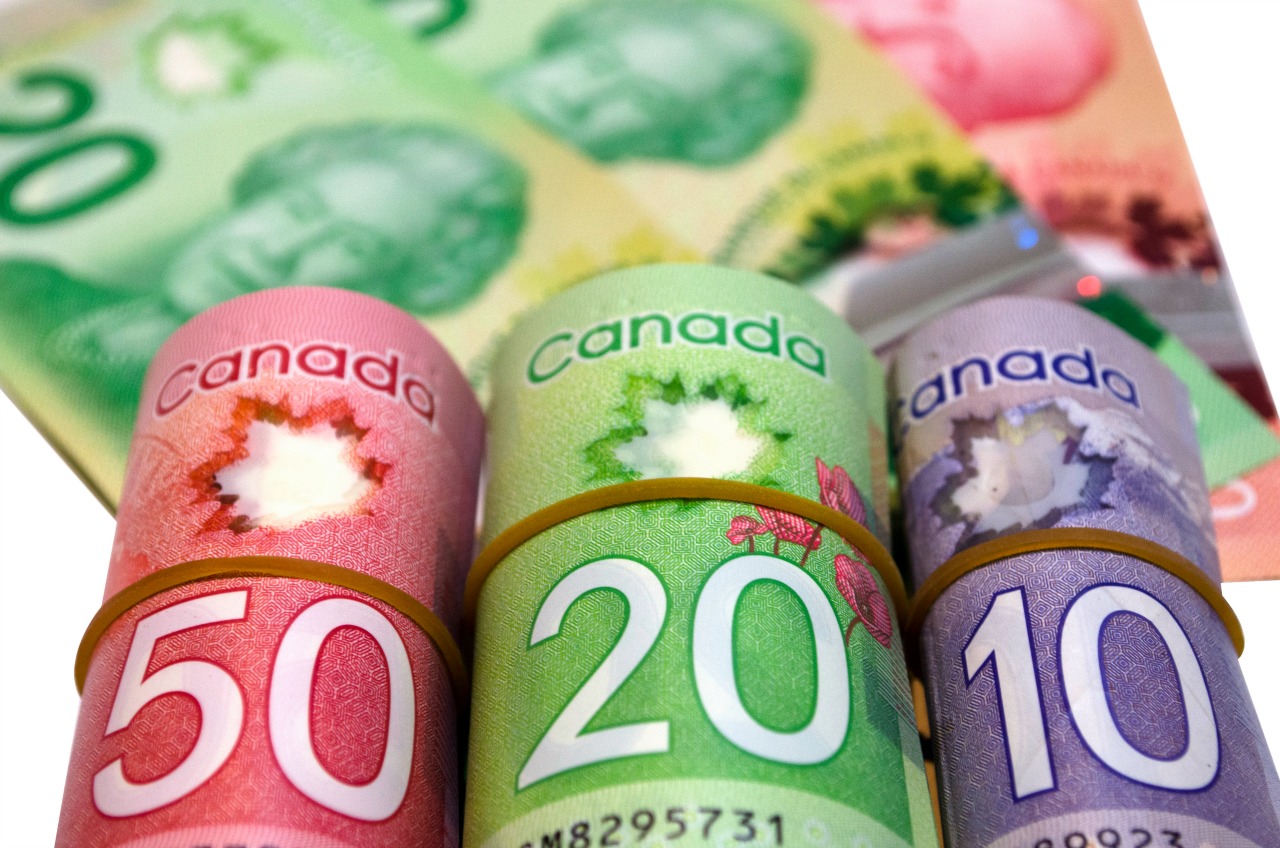
With governments set to reap substantial tax revenue when cannabis becomes legal next year, more funding for substance abuse prevention, education and treatment will be essential, says public health professor Cam Wild.
When public health professor Cam Wild appeared before Canada's Task Force on Cannabis Legalization and Regulation, he had one message to drive home-a good portion of revenue generated from the legal sale of marijuana must be dedicated to substance abuse prevention, education and treatment.
The worst thing governments could do is treat legal marijuana as a cash grab to generate all-purpose revenue, in much the same way gambling, tobacco and alcohol do now, he argued.
LEGALIZING IT
In this four-part series, UAlberta News examines some of the issues surrounding the legalization of marijuana in Canada.
MONDAY: A new marketplace
TUESDAY: Pot and safety in the workplace
WEDNESDAY: What to do with all the new revenue
THURSDAY: Changing social attitudes
He pointed to American states where pot is now legal, such as Colorado and Washington, which require streaming a certain percentage of tax revenue from cannabis into programs that mitigate abuse. Washington, for example, spends 60 per cent of its cannabis tax revenue on substance abuse prevention.
"It's a real mistake to not consider carefully how we would use the revenue from cannabis," said Wild. "It shouldn't be a direct pipeline into general revenues-there should be at least a percentage devoted to public health."
So far, at least, the federal government seems to have heard the message. In its final report, the task force recommended, "Revenue generation should be a secondary consideration for all governments, with the protection and promotion of public health and safety as the primary goals."
That comes as good news to Wild, but he warned "the devil is in the details" and will reserve judgment until federal and provincial governments develop policies on more brass-tacks issues of access, zoning, retail licensing and age of purchase: "All of this has to be worked out."
Wild said he fully supports legalization, mainly because the current regime has failed to discourage cannabis use among youth who can end up saddled with a criminal record if charged with possession. But that doesn't mean we can turn our backs on the obvious harm associated with using the drug, he added.
A range of risks
The research literature is clear-early cannabis use accompanies a range of risks, including lower school completion rates, reduced motivation, and deficits in memory, thinking and attention, said Wild. Chronic use might also increase the risk of psychosis, depression and anxiety, not to mention the respiratory problems that can accompany smoking and a higher long-term risk of heart attack and stroke.
"Any new legal system has to put in place measures to effectively discourage onset abuse," he said, adding that Canadian youth have the highest rates of consumption in the world. In the past year, 21 per cent of those aged 15-19, and 30 per cent of those aged 20-24, have consumed cannabis.
Driving while stoned is a particularly worrisome risk factor among youth. A University of Victoria study released last week found that a high proportion of young adults who consume marijuana admitted to driving while stoned or getting into vehicles with drivers who had consumed.
Of those who used frequently-more than once per week-80 per cent of males and 75 per cent of females admitted they had been in a car in the past month driven by someone (including themselves) who had used marijuana or other drugs. Sixty-four per cent of frequent-using males and 33 per cent of females reported they were high while driving, riding a motorcycle, boating or using machinery.
"Frequent users are far more likely to drive after consuming cannabis," said Wild. "It's very clear cannabis impairs cognition, memory and psychomotor performance, and this can undermine driving capacity. So designing better ways to detect cannabis-impaired drivers (as well as coming up with effective education campaigns to discourage driving under the influence) should be a priority that goes along with this policy change."
Effective public education key to reducing risks
The federal government has set 18 as the minimum age for the legal consumption of cannabis, while recognizing that health care professionals and public health experts favour 21, the limit set by American states where pot is now legal. Provinces are free to raise the limit above 18 if they so choose.
The task force also acknowledged that brain development doesn't stabilize until 25, but as a minimum age for legal cannabis consumption it was "generally viewed as unrealistic because it would leave much of the illicit market intact."
According to Wild, the more we all know about cannabis and its risks, the better. Public education campaigns are expensive, but with the right taxation formula, that shouldn't pose a problem, especially if sales of legal marijuana are anywhere near as brisk as expected.
"We have to make sure effective, honest educational materials are available to the public at large about lower-risk cannabis use and how to protect yourself," he said.